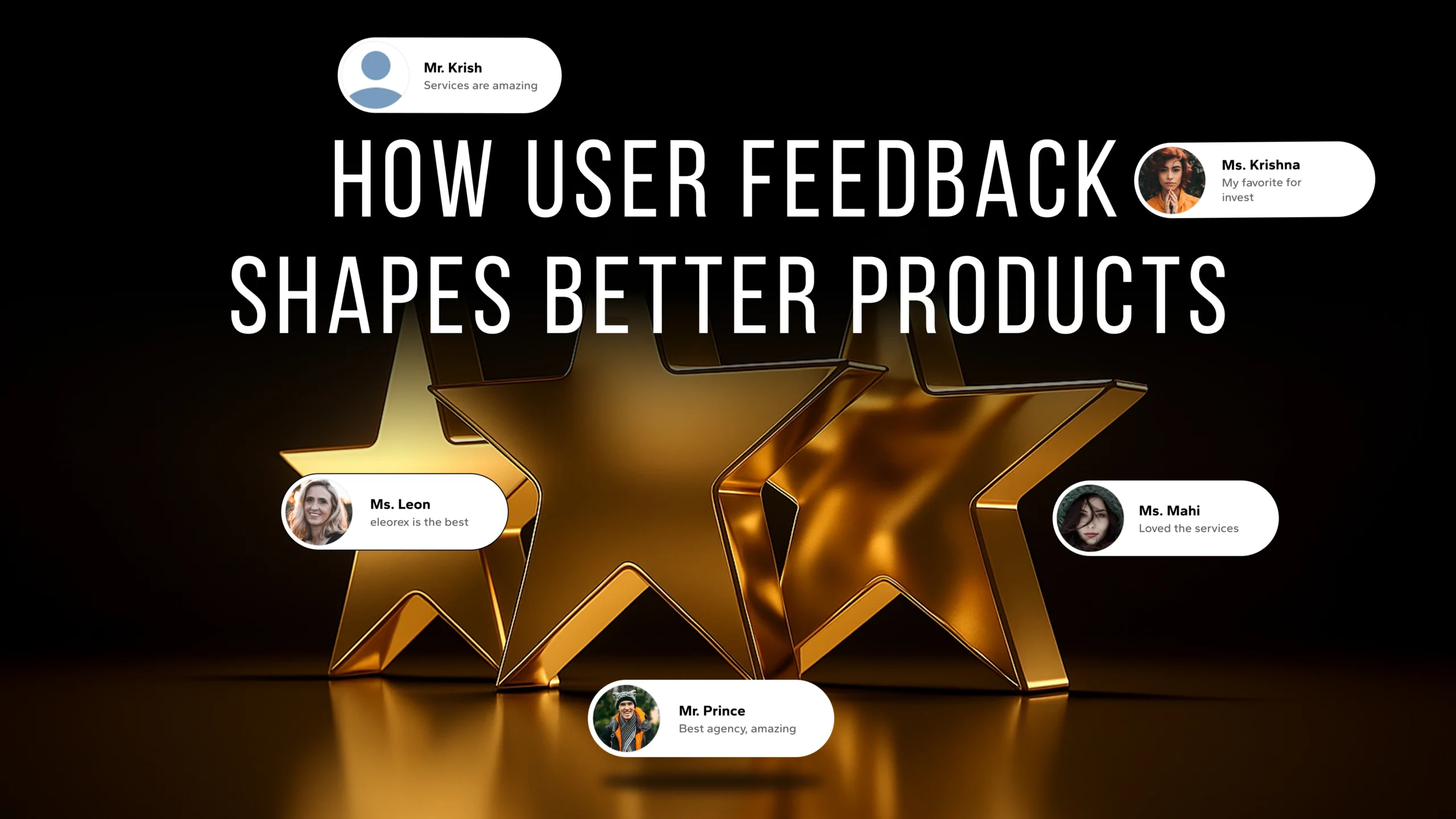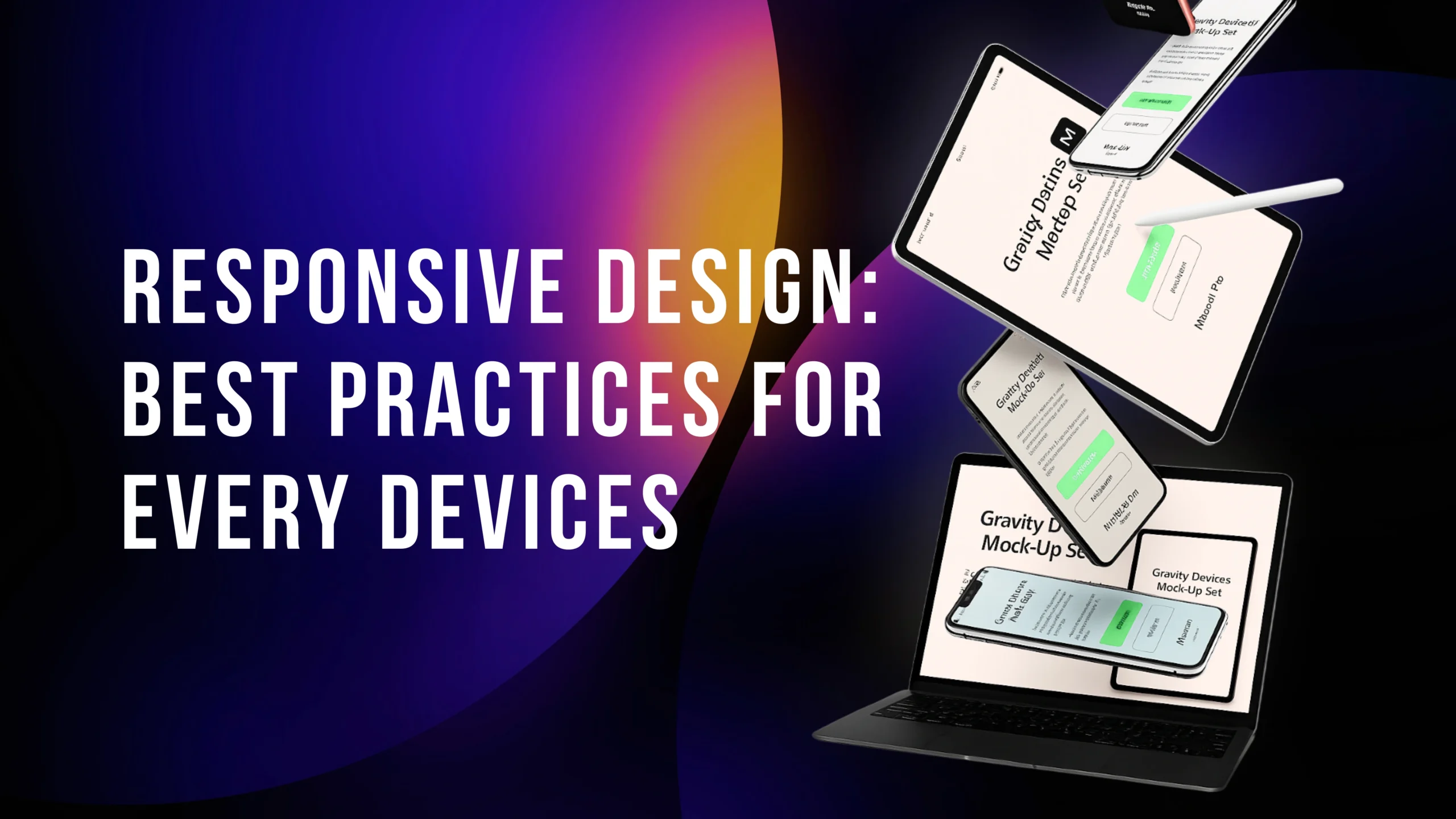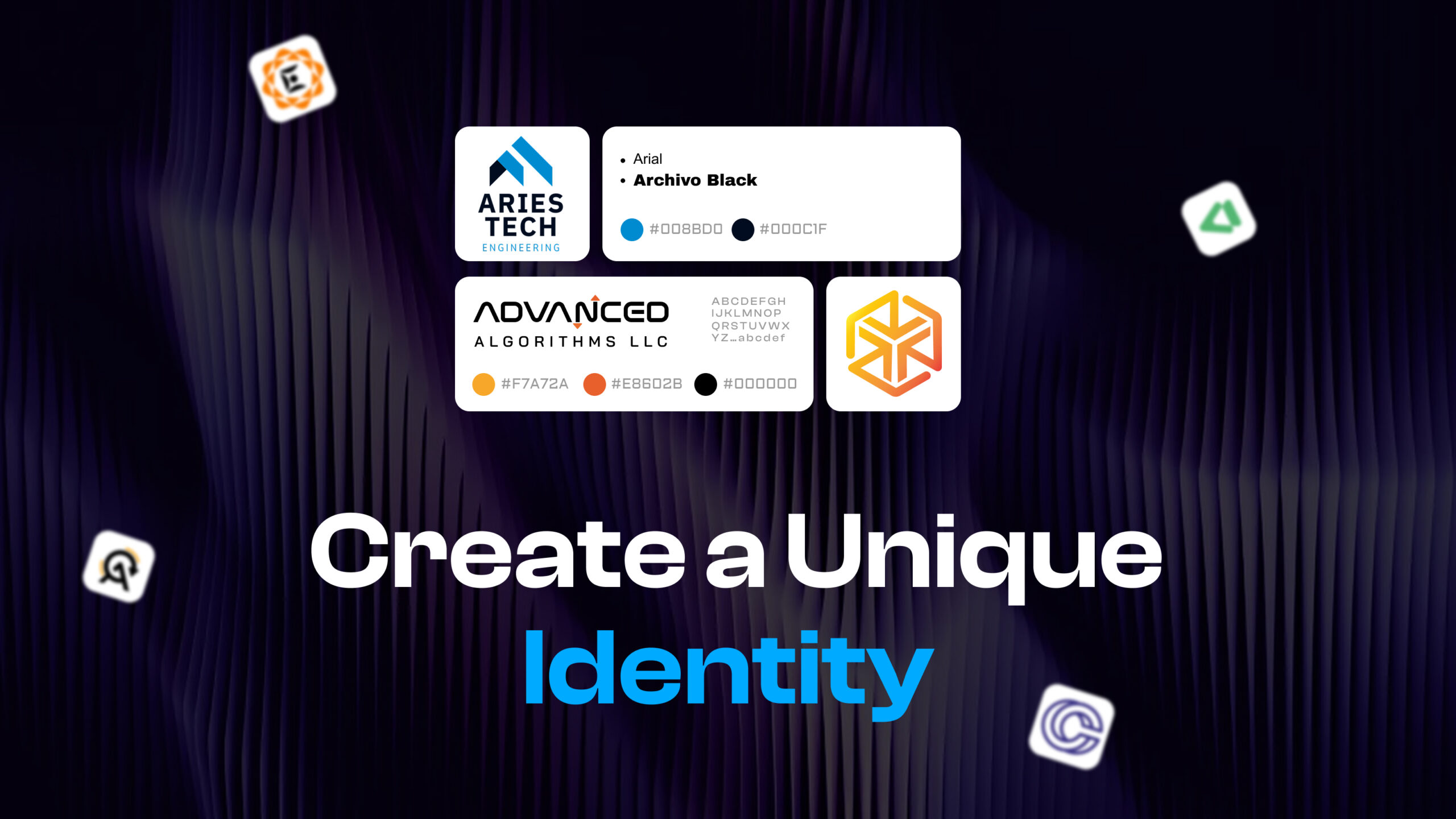Building a product isn’t enough in today’s hyper-competitive digital environment; you need to develop a product that people love using. Many companies spend most of their time, money, and mindshare on design, development, and press releases, and then, at some point in the future, try to figure out how to acquire customers. The missing link? Usability testing.
Usability Testing Usability testing is the process of evaluating a product by testing it on users who are representative of real-world users in their actual use. It’s not about assumptions or expert opinions, but about seeing directly how customers use things: where they get caught up and see value. Incorporate usability testing as part of the product creation process, and what frustrates users can become opportunities; design decisions can springboard into growth.
At eLeoRex Technologies, we have witnessed companies achieve significant improvements in conversions, retention, and customer satisfaction by listening to the people who matter most to the end users.
Why Usability Testing Matters
The next time you ditch an app or a website, pause for a moment to consider why. Was it due to poor design, frustrating navigation, or a process that was too involved? You are not alone. Research has shown that users form an opinion in seconds about whether to continue using or abandon a digital product. Small details, such as unclear buttons, insufficient information, or clunky checkout processes, can easily deter buyers.
Usability testing is the missing link between what business thinks users want and what users actually experience. Instead of conjecture, you have real, actionable insights. This helps you:
- Identify pain points early and spare your users the frustration.
- Improve customer satisfaction and trust.
- Increase conversions by streamlining tasks.
- Save time and money by addressing problems before you launch.
- Gain brand advantages by offering a superior UI compared to your competitors.
Done right, usability testing transforms subjective views into data-driven insights and the opportunity to develop a product that not only works but also makes people feel great while using it.
How Usability Testing Works
Usability is tested using an established process for gathering user feedback in natural environments. It often consists of the following steps:
1. Define Goals
Before they take your tests, specify what you want to know. Are you testing navigation? Checkout flow? New feature adoption? Having clear goals helps make sure your sessions are productive.
2. Identify Participants
The magic is to email people who remind you of your audience. If you’re testing an e-commerce platform, pick frequent online shoppers to participate in your study.
3. Design Scenarios
Users are prompted to perform particular actions (such as “Find and buy a product that costs less than $50” or “Reserve a consultation”). These scenarios simulate real-world behavior to see how intuitive your product is.
4. Observe and Record
Observers note areas of confusion, hesitation, or error as participants complete tasks. Having screen recordings, eye tracking, or verbal feedback can be helpful in context.
5. Analyze Results
Trends emerge what is hard, what is fun, and what’s frustrating for users. Such knowledge is used to inform design and development decisions.
6. Iterate and Retest
Usability testing is not a one-off thing.This means continuous feedback loops, which refine and improve your product each time.
This reflection ensures that what you built isn’t based on guesses, but instead on actual user behavior.
Key Benefits of Usability Testing
Usability testing is about more than just finding bugs. If done strategically, it ripples throughout your whole business:
Higher Conversion Rates: Even minor changes such as reducing the number of form fields or making the call-to-action more apparent can improve sign-ups, downloads, and purchases.
Lower Support Costs: Easy-to-use products result in fewer complaints and fewer support tickets, freeing up resources to focus on growth.
Enhanced Perception of Your Brand: By enabling your customers to seamlessly transition from purchase to enjoying their product, you demonstrate that you value their time and satisfaction.
Well-Considered Decision-Making: Rather than arguing about how your design should work, usability testing provides concrete evidence of what does and doesn’t work for real users.
Quicker Adoption: User-friendly products require a shorter learning curve, allowing new users to start using them quickly.
In short, the value of usability testing isn’t just problem-solving; it’s opportunity-finding.
Common Mistakes to Avoid
Although usability testing seems like it should be easy enough, most businesses are not getting quite as many benefits from it because they are making the following common mistakes:
Testing at the end: If you start testing only When the product is nearly ready for launch, rework will be prohibitively expensive. The design process is where to begin.
Testing with the wrong participants: The behavior you observe from employees or friends is unlikely to be representative of the real world. Always choose actual target users.
Prioritizing quantity, not quality: 5–7 carefully selected users can find the vast majority of issues. More isn’t always better.
Dismissing feedback: It’s absurd to collect information from others if you’re not going to act on it.
Making the process too complex: Usability testing doesn’t need to be a product shipping stall tactic that requires big budgets and large labs, smaller, focused tests can produce stellar results.
By avoiding these mistakes, companies can maximize the benefits of each usability test.
How Businesses Use eLeoRex Technologies To Make Better Products
At eLeoRex Technologies, the user experience is a basis for any product’s success. Go beyond issue reporting with our usability testing service. We enable end-to-end support from creating realistic test scenarios to evaluating the findings with a view to improving designs.
We partner with companies across all categories to help make their apps, websites, and digital platforms not only function effectively but also be helpful and enjoyable. We combine usability testing with UI/UX design, digital strategy, and development to drive measurable returns for brands in both the short and long term.
Whether you are launching a new product or fine-tuning an existing one, our process puts honest user feedback behind every decision to make your product more competitive.
Conclusion
In a digital age, killer products don’t merely address our problems, they make solving them easy. Usability testing is the process that enables this balance to be achieved. Your relentless focus on real users, whose pain you uncover and eliminate repeatedly as you refine your product, creates experiences that delight customers and turn them into advocates.
For businesses seeking to stand out in a crowded market, usability testing is not optional; it is a matter of life and death. When you’re working with professionals such as eLeoRex Technologies, it will not only help you get discovered but also ensure that feedback is converted into strategies for conversations, retention, and long-term business growth. Because when your users find success to be easy, so will your business.



